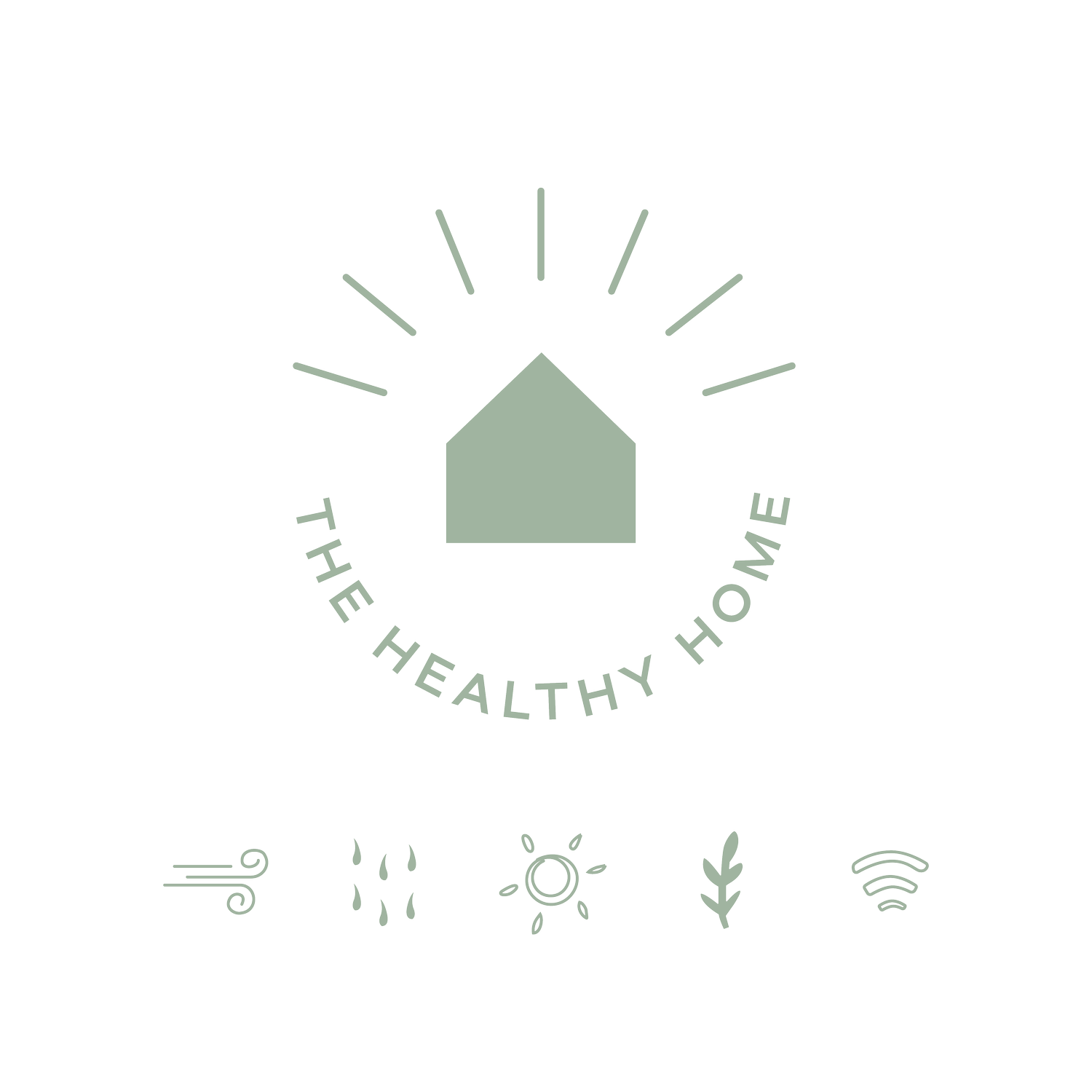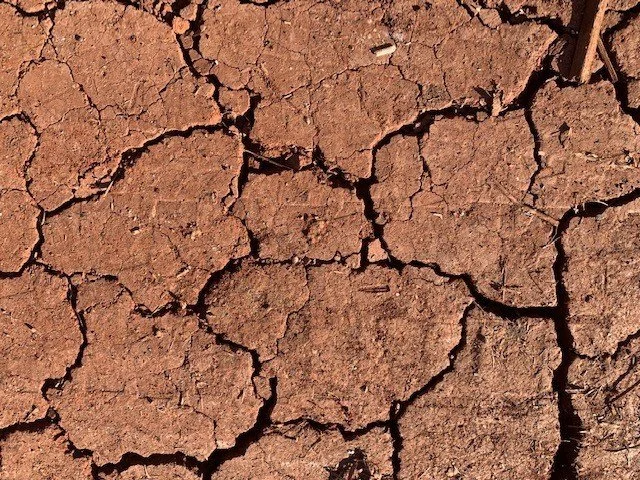Building with natural materials: 6 key takeaways after 6 days on a building site
August 5, 2021
Building a home with natural materials is far from the standard way of building a home in the year 2021, so you can imagine my excitement at the opportunity to spend 6 days on a building site in the Byron Bay hinterland, learning and helping to build a home with natural materials.
It was a transformative experience for me on both a professional and personal level.
Getting to touch, experiment, and learn to work with materials I've spent many hours researching (like hemp, magnesium, lime, clay) was the most incredible way to accelerate my learning, and see first-hand, how much we've lost our way, with the way homes are built today, as well as the possibilities available to us if we shift our thinking.
I want to share with you six key takeaways from this experience...
1. Natural doesn't necessarily mean 'healthy'. Even natural materials can contribute to an 'unhealthy' home (mould, for example), if not used in the right way, it's critical to understand the nuances of working with each one, and the most appropriate contexts for its use (is it suitable for wet areas, for example?). The use of natural materials alone should not be the only yardstick for measuring how 'healthy' a home is.
2. If you want to build a home that is healthy, you need to incorporate the use of natural materials with principles of Building Science (which looks at why buildings fail), Building Biology (the study of the relationship between the built environment and the human, and the building and the environment), and passive design (which takes advantage of climate to maintain thermal comfort and reduce energy needs).
It was so wonderful to have representatives of each of these disciplines present (from Make Hearth and Balanced Earth), sharing experiences, research and perspectives. It was a coming together of worlds I see as being so desperately needed, and key to creating healthier homes on a grand scale.
3. We need to make better use of resources that are locally available. There is so much potential for innovation in building materials, making use of what is locally available. Weeds like lantana, for instance, and clay, one of the most abundantly available natural resources globally. How many of us are tuned in to the possibilities that lie beneath our feet and in our immediate surrounds, though? I know I haven't been.
Mass production of synthetic materials that are shipped all over the world is killing us and our planet, not to mention shortages and price increases of materials like timber, for which we need to find locally available alternatives.
4. Building a home with natural materials doesn't have to cost more money, if you are resourceful, and willing to ask for help. Building this way is definitely more labour intensive, which is what can make it unrealistic if you have to pay for labour costs, less so than the materials themselves.
If you can recruit a team of people willing to help with building the walls, for example, while providing a learning experience at the same time, and you're prepared to take a bit more time with your build, you can significantly reduce your costs.
5. The love and energy poured into a home built this way will be felt for many years to come. The love that has been poured into this home is extraordinary, and resulted in the creation of the most incredible like-minded community, committed to helping each other out as we strive to build homes this way (at a time when we need a strong sense of community more than ever).
6. We need to build homes that will stand for centuries, not decades.
There are examples all over the world that demonstrate homes built with natural materials last hundreds, even thousands of years. Building homes that have to be teared down or renovated before the mortgage is even paid off isn't sustainable.
We need to find our way 'home' to millennia-old methods of building that are proven to last, and to be better for us.





